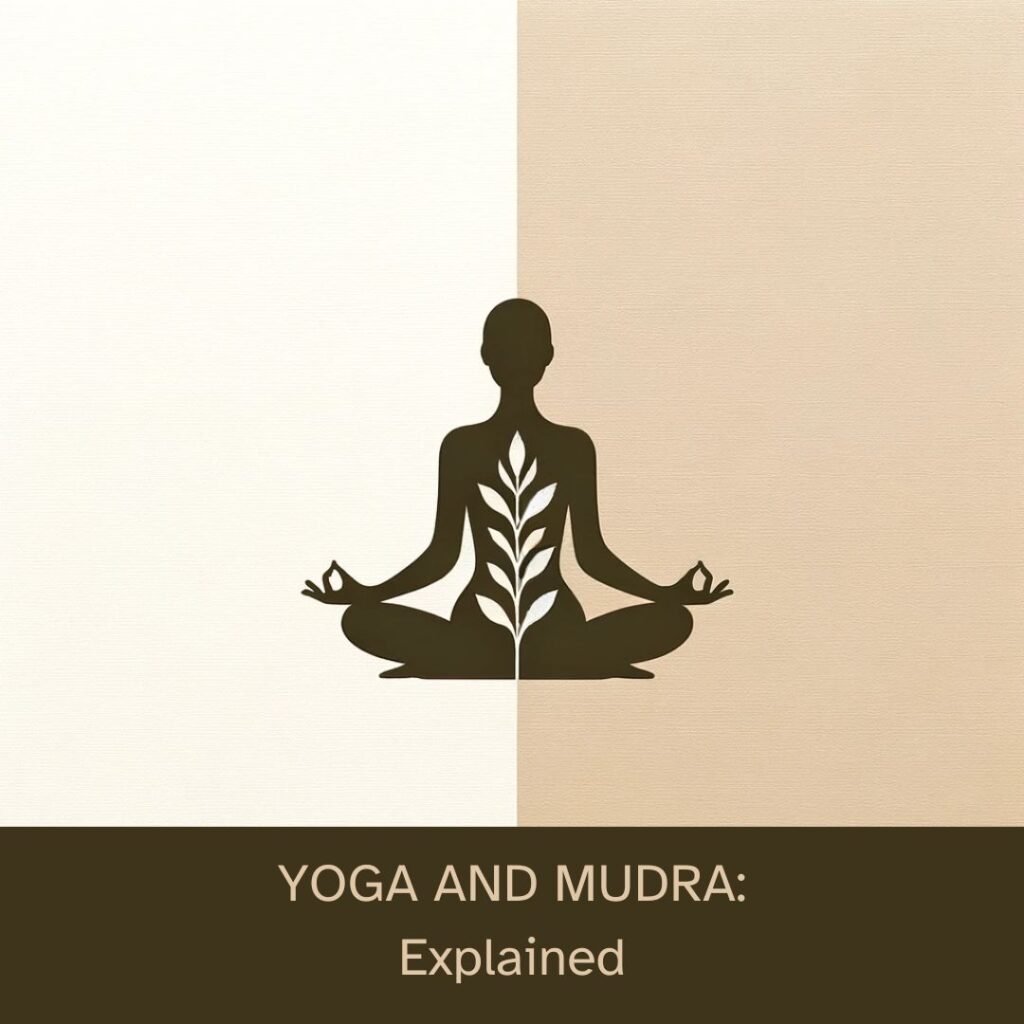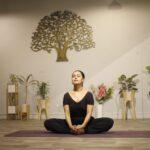- Introduction to Yoga and Mudras
- Definition of Yoga
- Definition of Mudras
- Historical Context
- Origins of Yoga
- Origins of Mudras
- Types of Yoga
- Hatha Yoga
- Ashtanga Yoga
- Kundalini Yoga
- Understanding Mudras
- How Mudras Work
- Common Mudras in Yoga
- Benefits of Yoga and Mudras
- Physical Benefits
- Mental and Emotional Benefits
- Integrating Mudras in Yoga Practice
- When to Use Mudras
- Techniques for Beginners
- Advanced Mudra Techniques
- For Intermediate and Advanced Practitioners
- Mudras for Specific Ailments
- Common Misconceptions About Yoga and Mudras
- The Science Behind Yoga and Mudras
- Research and Studies
- Yoga and Mudras for Different Ages and Abilities
- Incorporating Yoga and Mudras in Daily Life
- Yoga and Mudras for Stress Relief
- Diet and Nutrition in Yoga Practice
- Finding the Right Yoga Class and Instructor
- Conclusion and Final Thoughts
Article: “Yoga and Mudras Defined”
Introduction to Yoga and Mudras Yoga, an ancient practice rooted in Indian philosophy, is a well-known method for improving physical, mental, and spiritual well-being. Mudras, often integrated into yoga practices, are specific hand gestures that are believed to influence the energy flow in the body and enhance meditation and concentration.
Historical Context Yoga has been practiced for thousands of years, with its origins tracing back to ancient India. Similarly, mudras have been a part of spiritual and therapeutic practices in various Eastern traditions, symbolizing and channeling cosmic energy.
Types of Yoga There are various forms of yoga, each with unique focuses and techniques. Hatha Yoga emphasizes physical postures and breath control, Ashtanga Yoga involves a rigorous series of postures, and Kundalini Yoga combines meditation, chanting, and specific bodily postures.
Understanding Mudras Mudras are believed to affect the flow of prana, or life energy, in the body. Common mudras include Gyan Mudra for wisdom and Anjali Mudra for gratitude and respect.
Benefits of Yoga and Mudras Practicing yoga and incorporating mudras can offer numerous physical benefits like enhanced flexibility and strength, as well as mental and emotional benefits such as stress reduction and improved concentration.
Integrating Mudras in Yoga Practice For beginners, integrating mudras into yoga practice can start with simple gestures and awareness of their meaning and effects. Gradually, these can become a seamless part of one’s yoga routine.
Advanced Mudra Techniques As practitioners advance, more complex mudras can be incorporated, targeting specific ailments or focusing on deeper spiritual connections.
Common Misconceptions About Yoga and Mudras There are many misconceptions about yoga and mudras, such as the belief that they are only for flexible or spiritually enlightened individuals. In reality, they are accessible to everyone.
The Science Behind Yoga and Mudras Recent studies have begun to uncover the scientific basis behind the benefits of yoga and mudras, showing positive effects on mental health, stress levels, and even physical conditions.
Yoga and Mudras for Different Ages and Abilities Yoga and mudras are adaptable for people of all ages and abilities, offering modifications and variations for each individual’s needs.
Incorporating Yoga and Mudras in Daily Life Incorporating yoga and mudras into daily life can be as simple as taking a few minutes each day to practice, leading to long-term benefits.
Yoga and Mudras for Stress Relief Specifically for stress relief, certain yoga poses and mudras can be particularly effective, offering a natural way to manage anxiety and tension.
Diet and Nutrition in Yoga Practice A balanced diet, aligned with the principles of yoga, can enhance the effects of the practice and support overall well-being.
Finding the Right Yoga Class and Instructor Finding a suitable yoga class and instructor is crucial for a fulfilling yoga journey, ensuring that the practice aligns with individual needs and preferences.
Conclusion and Final Thoughts Yoga and mudras offer a holistic approach to well-being, accessible to all. As we integrate these practices into our lives, we open ourselves to a world of physical, mental, and spiritual benefits.
Frequently Asked Questions
Can yoga and mudras help with specific health issues? Yes, yoga and mudras can be tailored to address specific health concerns, though it’s important to consult with a healthcare provider for personalized advice.
How long does it take to see benefits from practicing yoga and mudras? While some benefits can be felt immediately, such as relaxation, other benefits may require consistent practice over weeks or months.
Are there any risks associated with yoga and mudras? When practiced correctly under guidance, yoga and mudras are generally safe. However, it’s important to listen to your body and avoid positions or movements that cause discomfort.
Do I need special equipment to practice yoga and mudras? No special equipment is necessary, although a yoga mat and comfortable clothing can enhance the experience.
Can children and elderly practice yoga and mudras? Yes, yoga and mudras are adaptable for all ages, with appropriate modifications for different abilities and ages.
Instagram: @thepinklotusacademia
Facebook: @thepinklotusacademia
Faculty:Kaavita Das
Enquire Now: Click Here
blogger: https://thepinklotusacademia.blogspot.com/
Learn more: The Pink Lotus Academi













